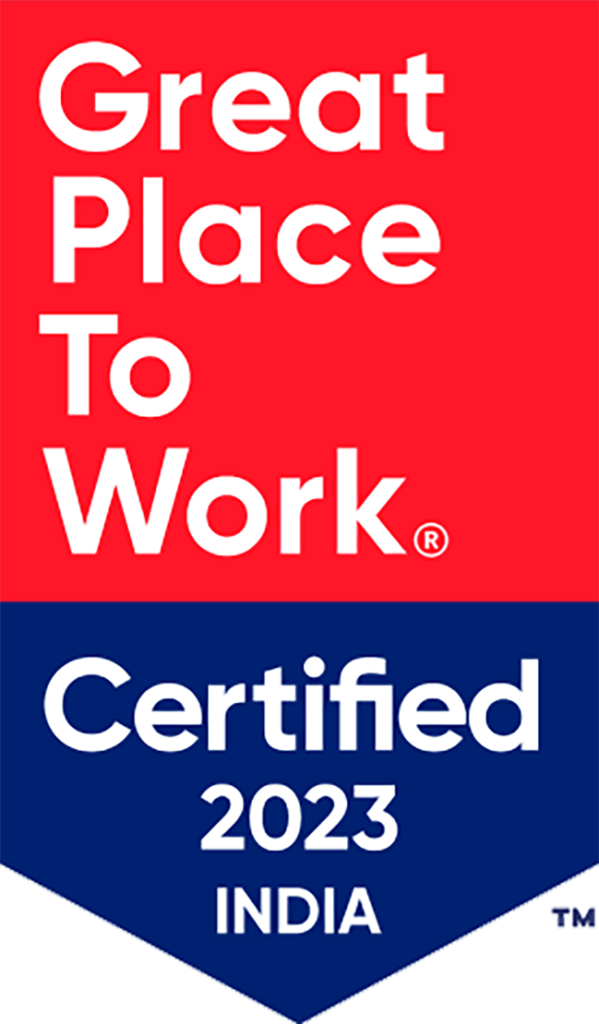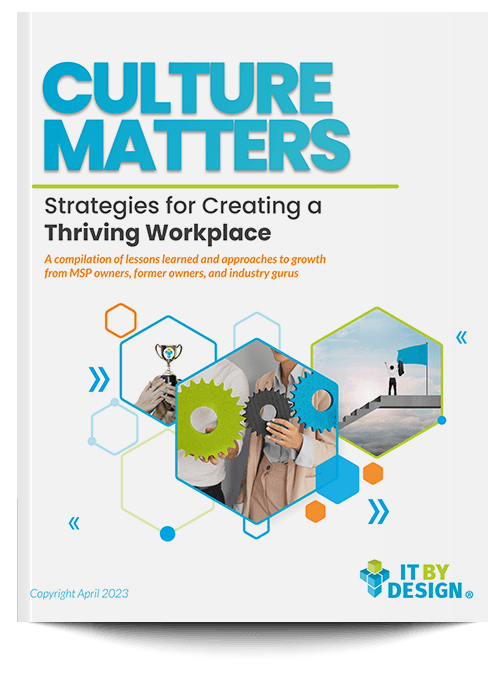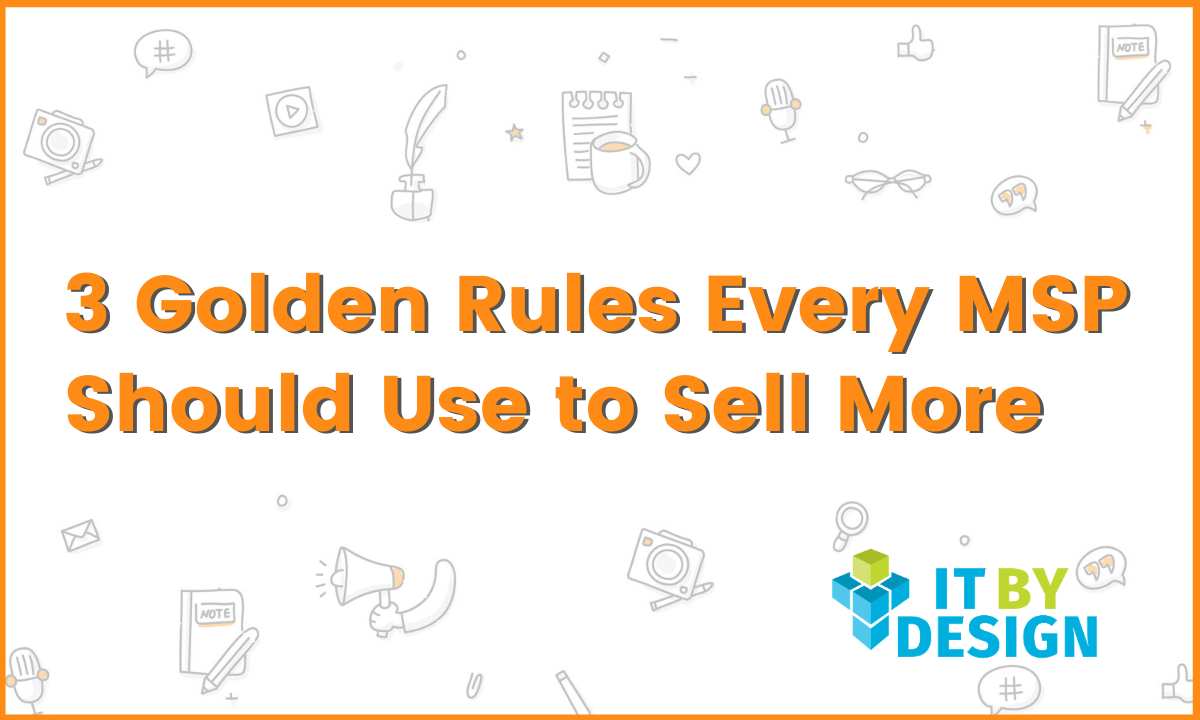It seems straightforward: Success comes when you sell, expand your sales team to drive even more success, and leverage repeatable sales processes to keep connecting customers to your MSP brand. Bottom line: It isn’t that simple. Sales is a complex process of human behavior with no shortcuts and an efficient, profitable sales process is the product of many strategic decisions.
Even if you have top-performing salespeople in your team, there are likely ways you can improve your game and sell more as long as you stick to proven sales techniques and are open to change. To discuss how can MSPs re-evaluate their existing sales process and approach prospects with creativity, I invited renowned sales coach Jack Daly for a return visit to my Silver Linings podcast. Jack shared simple but game-changing tips that can help your MSP deliver on those big sales numbers—again and again.
Challenge your existing hiring process
Regardless of your MSP’s size and revenue, you need great sales reps to consistently win new customers and upsell existing ones. Your sales team is the revenue engine that fuels long-term growth. This is why the importance of building a self-motivated sales team can’t be overstated. Hiring a sales team is hard, but as long as you know what core soft skills you should look for, you’ll find the right people. Having a profile (not just a job description) of what a successful salesperson looks like in your business environment helps to identify these skills. As suggested by Jack, some evergreen traits to look for in a hire are grit, hunger for earning, discipline, demonstrated ability to sell, willingness to learn, and self-motivation.
Jack also suggested that finding the right salesperson in the crowd means not always chasing industry experience. As long as a candidate has great persuasion skills, it can be worth it to take a leap of faith. Recruitment of the right sales force is a process not an event—Jack says to cultivate a list of potential candidates that is always growing. To do that, try spotting potential sales reps from within your network. Again, that candidate may be someone you already know who doesn’t have formal sales experience, but is very good at convincing people around him or her to take action.
Create a solid sales playbook
Though not everything in your sales organization can be standardized, you should have one solid sales playbook in place – something Jack defines as “more than a series of call scripts and sales sheets.” The playbook is a go-to guide for onboarding new hires and a toolkit for sales productivity. If done right, the playbook can empower your salespeople to engage customers at every touchpoint and adapt to any selling situation without skipping a beat.
An ideal sales playbook should include your detailed sales process and specific resources such as buyer personas, in-depth product/service info, customer pain points, battle cards, pitch decks, call scripts, prospect email templates, and negotiation questions into one cohesive document. The resource should also feature both high-level guidelines as well as specific, play-by-play processes. When sales teams will have practical resources and ready-made content at their fingertips, they will be better equipped to engage with informed customers with tailored solutions and expert insights.
Remain agile and mimic the successful pattern(s)
A sales playbook is never set-in-stone—it’s a living document. Though some key elements apply across the board, other parts of the sales playbook should be customizable. “Sales” is an ongoing process that keeps evolving and definitely reflects the personality of each rep. It can change as you expand your MSP or modify your business strategy. The more that happens, the more you should update your existing playbooks. For instance, if salespeople discover that a particular email cadence or resource consistently drives deals forward, your team leads can add it to the playbook and share it with everyone in the team.
Your sales strategy should remain as agile as your playbook. This could simply mean revising sales processes and each sales rep’s KPI dashboards once you notice a change in customer retention and account growth. As your business matures and expands, so will your sales strategy and processes—it is one area you do not want to hear “but we’ve always done it that way.”
Final Thought: Creating processes and sales playbooks is one small part of sales enablement. There’s a lot more to think about, from identifying the right sales method to challenging your existing hiring process to achieve the hypergrowth your MSP deserves. But building your sales organization correctly and empowering their success with a solid playbook will start you on the right path.







